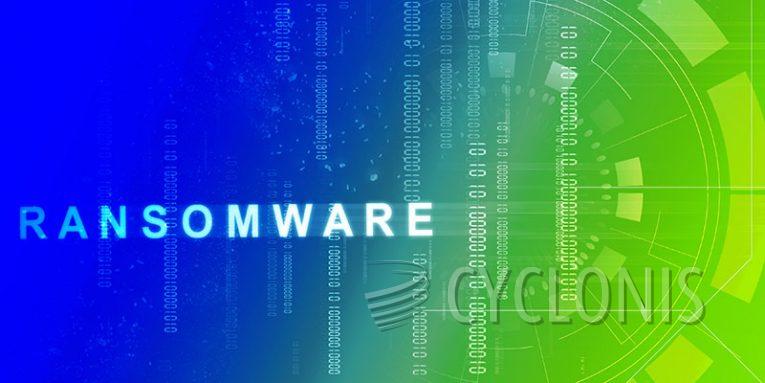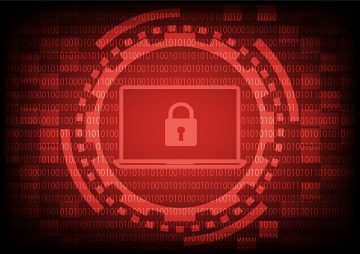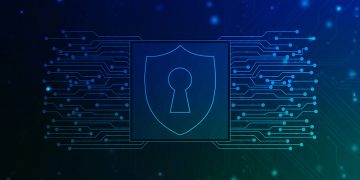Mynvhefutrx Ransomware is a Snatch Clone

While examining newly submitted file samples, our research team made a significant discovery: the Mynvhefutrx malicious software. This particular program belongs to the Snatch ransomware family, a category of malware designed to encrypt files and demand ransoms for their release.
During our testing phase, we observed that Mynvhefutrx successfully encrypted files on our designated machine and appended the extension ".mynvhefutrx" to their original filenames. For instance, a file originally named "1.jpg" transformed into "1.jpg.mynvhefutrx," while "2.png" became "2.png.mynvhefutrx," and so on.
Following the completion of the encryption process, the ransomware generated a ransom note titled "HOW TO RESTORE YOUR MYNVHEFUTRX FILES.TXT." The contents of this note reveal that the ransomware primarily targets corporate entities rather than individual home users. It explicitly informs the victims about the encryption of their files, accompanied by a distressing detail: over 100 GB of their data has been extracted from their network. The stolen data includes sensitive information such as financial records, databases, client details, confidential documents, and personal data.
The ransom note explicitly cautions the victims against utilizing third-party decryption tools, emphasizing that doing so may irreversibly damage the affected files, rendering them impossible to decrypt. Furthermore, it warns that failing to establish communication with the attackers within a three-day timeframe may result in the cybercriminals publicly exposing the pilfered data.
Mynvhefutrx Ransom Note Threatens Data Leak
The full text of the Mynvhefutrx ransom note reads as follows:
We inform you that your network has undergone a penetration test, during which we encrypted
your files and downloaded more than 100 GB of your data, including:Accounting
Confidential documents
Personal data
Databases
Clients filesImportant! Do not try to decrypt files yourself or using third-party utilities.
The program that can decrypt them is our decryptor, which you can request from the contacts below.
Any other program can only damage files.Please be aware that if we don't receive a response from you within 3 days, we reserve the right to publish your files.
Contact us:
franklin1328@gmx.com or protec5@tutanota.com
How Can Ransomware Like Mynvhefutrx Get Inside Your System?
Ransomware like Mynvhefutrx can employ various methods to infiltrate computer systems. Here are some common ways ransomware can gain access:
- Email attachments: Ransomware often spreads through malicious email attachments. Attackers send emails that appear legitimate, but the attachments contain infected files, such as executable files or Office documents embedded with malicious macros. When users open these attachments, the ransomware gets executed, infecting the system.
- Phishing campaigns: Cybercriminals may launch phishing campaigns to trick users into clicking on malicious links or providing sensitive information. These phishing emails mimic legitimate organizations or services, luring users into interacting with fraudulent websites. By clicking on such links, users unknowingly download ransomware onto their systems.
- Malicious downloads: Ransomware can be disguised as legitimate software or files available for download from the internet. Users may unknowingly download and execute infected files from untrustworthy sources, including compromised websites, torrent platforms, or peer-to-peer networks. Software cracks, keygens, and other unofficial patches are also common carriers of ransomware.
- Exploiting software vulnerabilities: Cybercriminals actively search for vulnerabilities in operating systems, software, or plugins. They develop exploits that can bypass security measures and inject ransomware into systems that have not been updated with the latest patches and security fixes. This method is especially effective when organizations or individuals neglect regular software updates.
- Remote Desktop Protocol (RDP) attacks: RDP allows users to connect remotely to another computer over a network. If attackers discover weak or default RDP credentials, they can gain unauthorized access to a system and deploy ransomware. They may also exploit RDP vulnerabilities to infiltrate networks and spread ransomware to connected devices.
- Drive-by downloads: Ransomware can be delivered through drive-by downloads, which occur when users visit compromised websites. These websites exploit vulnerabilities in the user's browser or its plugins, automatically downloading and executing ransomware onto the system without any user interaction or consent.
- Malvertising: Cybercriminals can utilize malicious advertisements (malvertising) to distribute ransomware. They inject malicious code into legitimate ad networks or display misleading ads on compromised websites. When users click on these ads, they may unknowingly trigger the download and execution of ransomware.
- Social engineering and watering hole attacks: Attackers may manipulate users through social engineering techniques, such as enticing them to click on infected links or download files by disguising them as something desirable or urgent. Watering hole attacks involve compromising legitimate websites frequently visited by the target audience and injecting ransomware into those websites, increasing the chances of infecting unsuspecting visitors.








